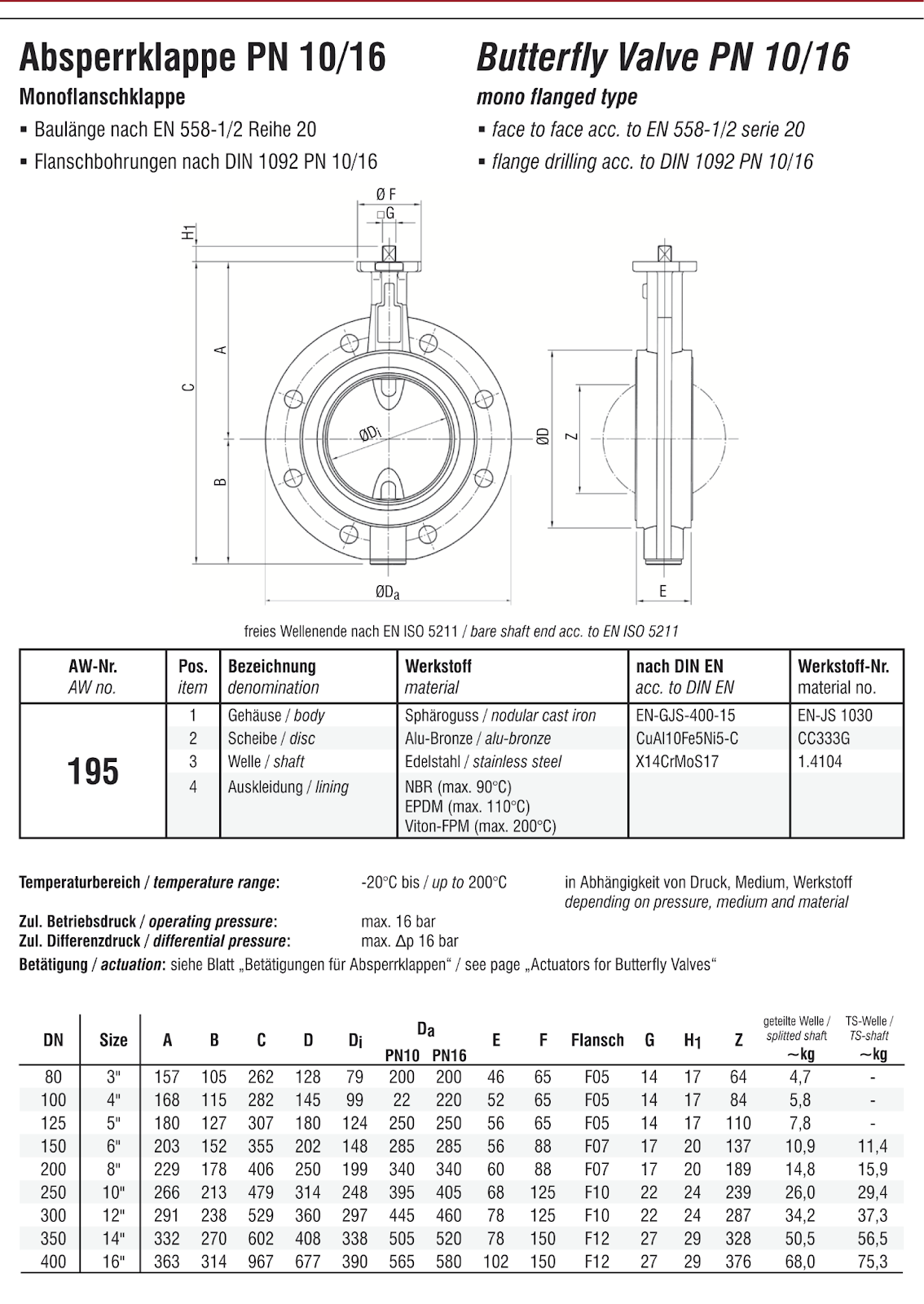.png)
Look, if you've been in construction for more than a week, you've heard these terms thrown around. Someone in the meeting says "we need the shop drawings" and then five minutes later they're asking about "product data" and you're sitting there thinking... aren't those the same thing?
They're not. And honestly, mixing them up can cause real problems on your project.
The Simple Version (Before We Dig In)
Shop drawings show how you're actually going to build or install something on your specific project. They're mostly custom. They're detailed. They say "here's exactly how this steel beam connects to that column in the West Building."
Product data is basically the manufacturer's marketing materials and spec sheets. It's generic information that applies to any project using that product. Think of it like the brochure you'd get at a showroom.
Different purposes. Different audiences. Different levels of detail.
What Exactly Are Shop Drawings?
Shop drawings are where the rubber meets the road. They take the consultant's design intent and translate it into actual fabrication and installation instructions.
These aren't coming from the manufacturer (with exceptions). They're coming from your subcontractors, fabricators, or specialty contractors. The steel fabricator creates them. The HVAC contractor creates them. The curtain wall installer creates them.
And here's the thing... shop drawings are specific to your project. They show dimensions, materials, connections, and installation methods for the exact conditions on your site. They reference the architect's drawings and specifications, but they add a whole layer of "here's how we're actually going to make this work."
What You'll Find in Shop Drawings:
- ➡️ Fabrication details and dimensions
- ➡️ Installation methods and sequences
- ➡️ Coordination with other building systems
- ➡️ Material specifications and finishes
- ➡️ Connection details (this is huge for structural stuff)
- ➡️ Reference to contract drawings and spec sections
The level of detail is intense. We're talking about bolt sizes, weld specifications, tolerances. Everything the fabricator needs to actually build the thing.

Who Reviews Shop Drawings?
This is important. Shop drawings typically go through a whole chain of review:
- The contractor checks them first
- Then they go to the architect or engineer
- Sometimes specialty consultants get involved
- They come back with comments or approval
- Revisions happen (they almost always happen)
- Resubmittal and final approval
The architect isn't approving the shop drawings as "correct" exactly. They're reviewing them for general conformance with the design intent. There's a big difference there, and it's why the contractor still bears responsibility for accuracy and completeness.
So What's Product Data Then?
Product data is way more straightforward. It's the manufacturer's standard information about their product. Catalogs, cut sheets, spec sheets, brochures, installation guides. It's mostly off the shelf and not custom per project.
When you're selecting a toilet, a light fixture, a door frame, an air handler... the manufacturer has standard documentation about that product. That's product data.
What Product Data Includes:
- Physical characteristics and dimensions
- Performance specifications
- Materials and finishes available
- Installation requirements
- Compliance with standards (UL, ASTM, whatever applies)
- Maintenance information
- Warranty details
It's mostly about proving "yes, this product meets the specification requirements." You're showing the architect that the light fixture you want to use actually produces the lumens they specified. Or that the window has the U-value they called for.

The Review Process is Different
Product data review is usually simpler. The architect is mainly checking that the product meets the specs. Does it have the right fire rating? Is it the right finish / color? The right performance characteristics? Is it the quality level they intended?
If it checks those boxes, you should be good to go. The review is more about approval of the product itself, not about how you're going to install it or integrate it into the building.
Where Things Get Confusing
Here's where people trip up. Sometimes you need BOTH for the same item.
Let's say you're installing a custom storefront system. You'll submit:
- Product data for the aluminum extrusions, glass specs, and hardware (proving these products meet the specs)
- Shop drawings showing exactly how those components come together for your specific storefront configuration
Or maybe you're doing a precast concrete panel system. You need:
- Product data for the concrete mix design, anchors, and sealants
- Shop drawings showing panel layouts, connections, embedded items, and how everything coordinates with the structure
They work together. The product data says "here's what we're using" and the shop drawings say "here's how we're using it."
Samples Are a Third Thing (Just So You Know)
While we're at it... samples are physical examples of materials, finishes, or products. That brick you bring to the site meeting. The carpet sample. The paint chip.
Samples, product data, and shop drawings are the three main types of construction submittals you'll deal with. But samples are their own category. Just wanted to mention that before someone brings it up in the comments.
Why Does This Distinction Actually Matter?
Because submittal requirements are specific. The specifications will literally tell you what's required for each item. Section 05500 might say "submit shop drawings for all steel fabrications" while Section 08111 might say "submit product data for hollow metal doors and frames."
If you submit the wrong thing, you're getting it kicked back. And that means delays.
Plus, the review process is different. Shop drawings take longer to review because there's more to check. They require more coordination. If you're on a tight schedule, you need to know which submittals are going to need more time.
How to Keep Them Straight
When you're reading the specs (and yeah, you need to read the specs), look for the submittal requirements in Part 1 of each section. It'll usually say something like:
- "Submit shop drawings showing..."
- "Submit product data for..."
- "Submit samples illustrating..."
That's your roadmap. Follow it.
And if you're ever unsure? Ask during the pre-construction meeting or shoot an RFI. It's way better to clarify upfront than to redo submittals later.
Making Submittals Easier
Look, the submittal process can be a pain. There's a lot of paperwork, tracking, reviewing, resubmitting. It's why construction submittal software exists... to organize all this stuff in one place where everyone can see the status and nothing falls through the cracks.
Whether you're using specialized software or not, the key is staying organized. Track what you've submitted, what's under review, what's been approved, and what needs resubmittal. If you want to get really organized, you can even use submittal templates by trade to standardize your entries and save time each week.
And when you're reviewing submittals that come in? Make sure you're checking the key items that prevent rework and delays. Because at the end of the day, you can't order materials or start fabrication until those submittals are approved.
Frequently Asked Questions
What's the main difference between shop drawings and product data?
Shop drawings are custom, project-specific documents that show exactly how something will be fabricated or installed on your job site. Product data is generic manufacturer information (like catalogs and spec sheets) that proves a product meets your specification requirements. Shop drawings say "how we're building it," product data says "what we're using."
Who creates shop drawings?
Shop drawings are typically created by subcontractors, fabricators, or specialty contractors. Not the manufacturer. For example, your steel fabricator creates shop drawings for structural steel, your HVAC contractor creates them for ductwork layouts, and your curtain wall installer creates them for the building envelope. The general contractor doesn't usually create shop drawings but is responsible for reviewing and submitting them.
Do I need both shop drawings and product data for the same item?
Sometimes, yes. For example, on a custom storefront system you'd submit product data for the aluminum extrusions, glass, and hardware (proving they meet specs), plus shop drawings showing how those components assemble for your specific configuration. Always check Part 1 of each specification section to see exactly what's required.
How long does it take to get shop drawings approved?
It varies, but typically 2-4 weeks for the full cycle. Shop drawings go from the subcontractor to the GC for review, then to the architect or engineer, sometimes to specialty consultants, then back with comments. Revisions are common (honestly, they're expected), which adds another round. Plan ahead because you can't fabricate or order materials until you have approval.
What happens if I submit the wrong type of submittal?
You'll get it kicked back, which means delays. If the specs call for shop drawings and you submit product data, the architect will reject it and ask for what was actually required. This pushes your schedule back and can delay material orders or fabrication. Always double-check the submittal requirements in the specifications before preparing your package.
Can product data sheets be used as shop drawings?
No. Product data is generic manufacturer information that applies to any project. Shop drawings are custom documents showing how you're installing or fabricating something specifically for your project, with dimensions, connections, and coordination details. They serve completely different purposes in the construction process.
Who approves shop drawings vs product data?
Both typically go to the architect or engineer for review, but the approval means different things. For shop drawings, they're reviewing for general conformance with design intent (the contractor still owns accuracy). For product data, they're confirming the product meets specification requirements. The review process for product data is usually faster because there's less project-specific information to check.
What software helps manage shop drawings and product data?
Construction submittal software like SubmittalLink helps you organize, track, and route both shop drawings and product data in one system. You can see who has what, what's overdue, what's approved, and maintain a complete submittal log without spreadsheets. It keeps everyone on the same page and prevents submittals from falling through the cracks.
The Bottom Line
Shop drawings and product data serve different purposes:
Shop drawings = custom, detailed, showing how you're building/installing for THIS project
Product data = generic manufacturer info proving products meet the specs
Sometimes you need both. Always check the specs to see what's actually required.
And when someone in a meeting asks about "submittals," maybe follow up with "are we talking about shop drawings or product data?" Because now you know they're not the same thing.
Your future self will thank you for getting this right the first time.
Need help managing your construction submittals? SubmittalLink streamlines the entire submittal process, from submission to approval. Learn more about how we can help your projects run smoother at submittallink.com.
